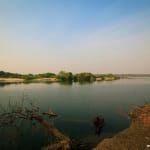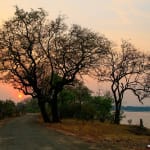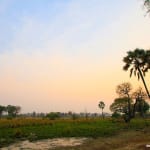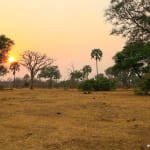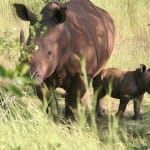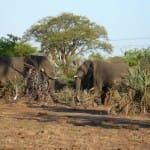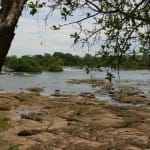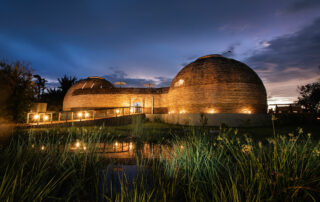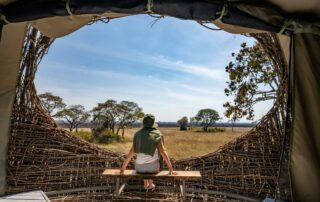MOSI OA TUNYA NATIONAL PARK
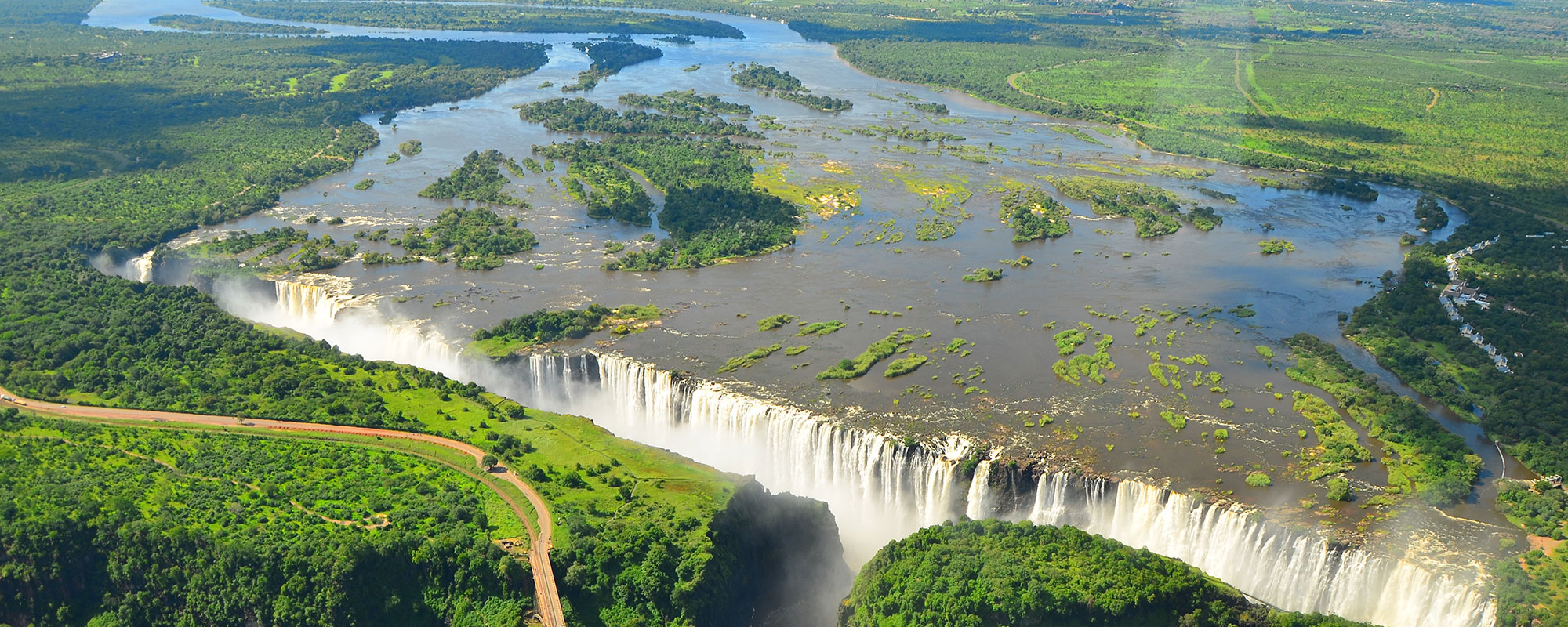
Bordered by Livingstone town, farm land and the Zambezi River, lies the wildlife area of Mosi-oa-Tunya National Park – one of Zambia’s smallest national parks. It extends from the Batoka Gorge and continues for about 12km / 7.4mi along the Zambezi River, above Victoria Falls.
Livingstone itself borders several ancient wildlife migration routes and river crossing points, some of which are still frequented by elephants. A few of these fall within the Mosi-oa-Tunya National Park, where wildlife can be found throughout the year but elephants especially during the drier months.
What makes this park unique in Zambia is that it’s the only wildlife area with white rhinos. These are closely protected from poachers by the scouts from the Department of National Parks and Wildlife.
This little sanctuary is free from predators. This, in combination with it being an area with man-made boundaries, guarantees a stable population of wildlife throughout the year. In addition to the migratory elephants, white rhino, giraffe, buffalo, waterbuck, impala, wildebeest, zebra, bushbuck, warthog, monkeys, baboon, hippo and crocodiles are residents in the park year round. They inhabit a mix of riverine forest and mopane woodland as well as grassland, which also provides a variety of habitats for numerous bird species.
Within this park is the Old Drift Crossing Point as well as Cemetery, where the first European immigrants are buried. Historically, the Old Drift was where ox-wagons were floated across the Zambezi, before there was a bridge.
This park is easily accessible from Livingstone. You can explore parts of the park by vehicle (self-drive or on a game-viewing safari), by foot on a guided walking safari with an armed ranger, and also by boat on a Zambezi River cruise.
A visit to Mosi-oa-Tunya National Park is a great activity for the family or for those who would like a taste of safari or a couple of hours away from ‘town life’ but don’t have time to travel further afield.
With everything else that Livingstone and Victoria Falls has to offer, many visitors to the area are too quick to neglect Mosi-Oa-Tunya National Park, though most will drive through at some point en route to activities. Being ‘under-visited’, however, is part of the appeal of this beautiful park and surprisingly untouched park.
The park incorporates the Eastern Cataract of the Victoria Falls (called Mosi-oa-Tunya or the Smoke That Thunders in the Koloko or Lozi language). This section is lush rainforest, sustained by the waterfall’s life-giving spray. The forest section is home to smaller antelope and warthog. And all of this right on the banks of the mighty Zambezi River. A stay here will allow you to see this special part of Zambia at its most tranquil.
MORE INFO
- Area: 23.4km² / 14.5mi²
- Founded in: 1972
- Province: Southern Province
- Co-ordinates: 17.8709° S, 25.8108° E
Because the park is small, the animals don’t migrate and can usually be easily found. This is a year-round option and a good way to ease into (or out of) a longer or first safari.
There are direct flights to Livingstone from Lusaka; Cape Town, Nelspruit and Johannesburg in South Africa; and Nairobi in Kenya.
Self-drivers can use the T1 from Lusaka – it is considered a full day’s drive, clocking in at over seven hours. Another popular route for transfers is to cross at Kasane in Botswana into Victoria Falls Town in Zimbabwe and then take the old railway bridge into Zambia, onto Livingstone, which is about 16km / 10mi away.
As mentioned, Mosi oa Tunya is a small park but it still packs a punch thanks to differing habitats. The gorges can be very productive and a good place to spot more unusual species like clawless otters and klipspringers. This is also one of the few places in Zambia to see rhino, which are constantly monitored and under heavy protection.
Bigger species include elephant, crocodile and hippo while primates are represented by baboons and vervet monkeys.
Birders don’t have to wait until they get to the bush to start ticking off their lists: there are 35 recorded species of raptors alone, including peregrine and Taita falcons, Verreaux’s eagles and augur buzzards. Look out for finfoots, blue-billed teals and African black ducks.
LATEST NEWS
Major Updates at Kafue Lodge After Tragic Fire
A devastating fire in 2023 proved to be the catalyst for a fresh start and an exciting new chapter at Ila Safari Lodge in Kafue National Park. After the heart-breaking destruction of the old boma and some communal areas, the [...]
Iconic Kafue ‘Nest’ Camp Opening Early
Chisa Busanga, arguably one of the most unusual camps in Zambia, will be opening on 1 May 2024 rather than 1 June thanks to favourable conditions in Kafue National Park. With more drier ground available earlier than usual, guests will [...]
Date for 2024 KafueWild Trail Run Announced
Trail runners should mark Saturday 21 September on their calendars as the day to be at the starting line of the KafueWild race in Kafue National Park. A joint effort between the Department of National Parks and Wildlife, African Parks, [...]

